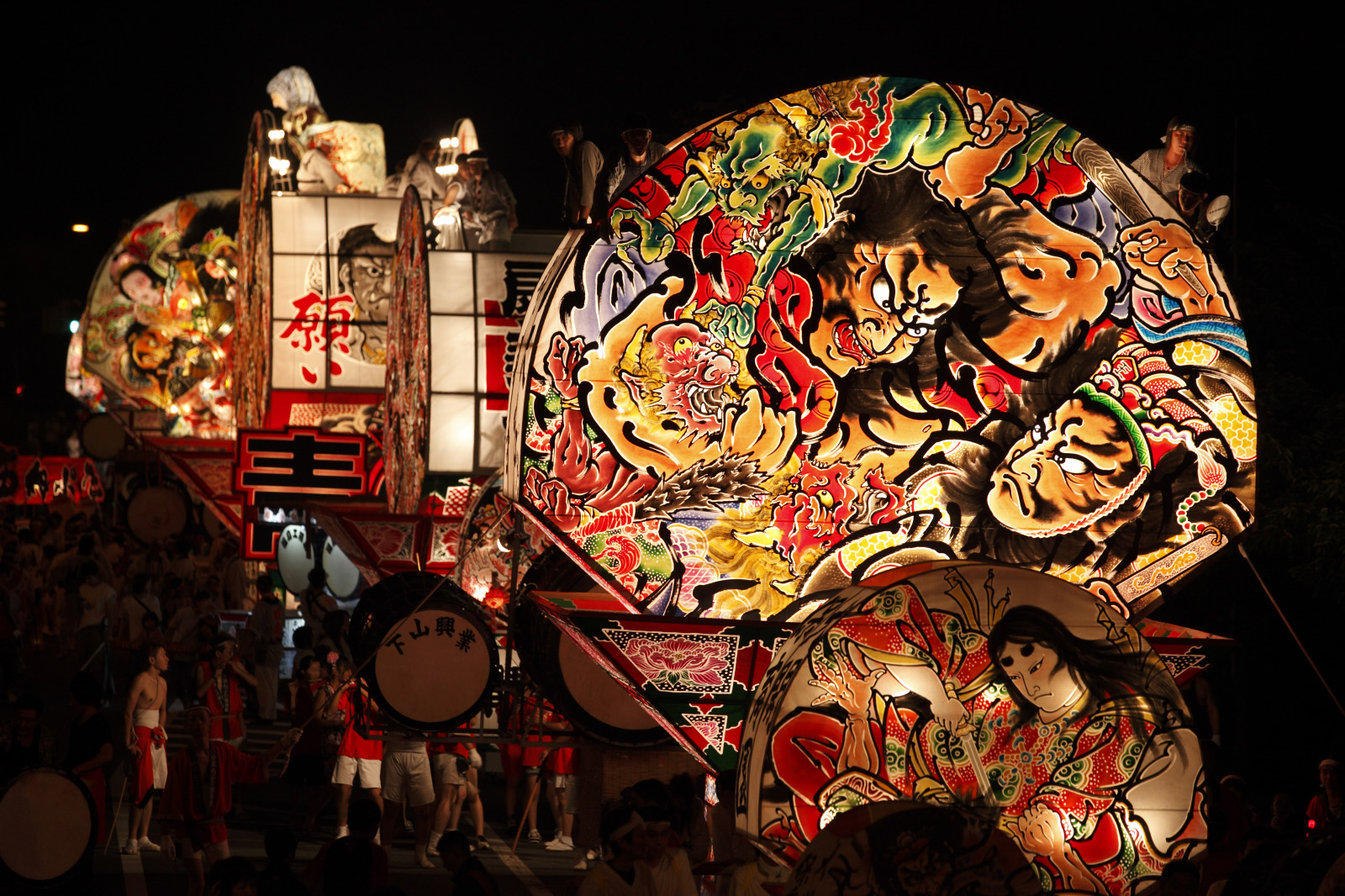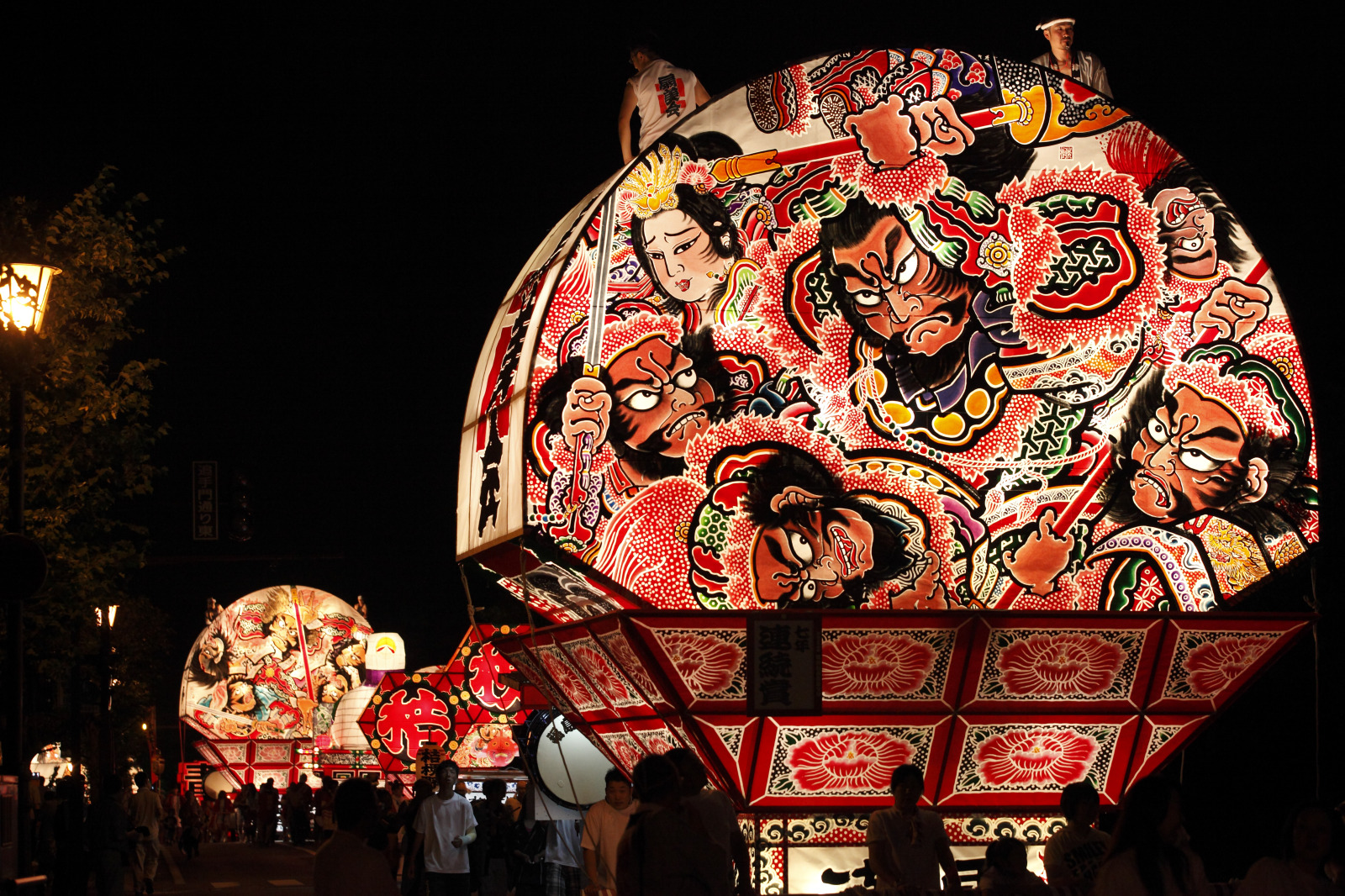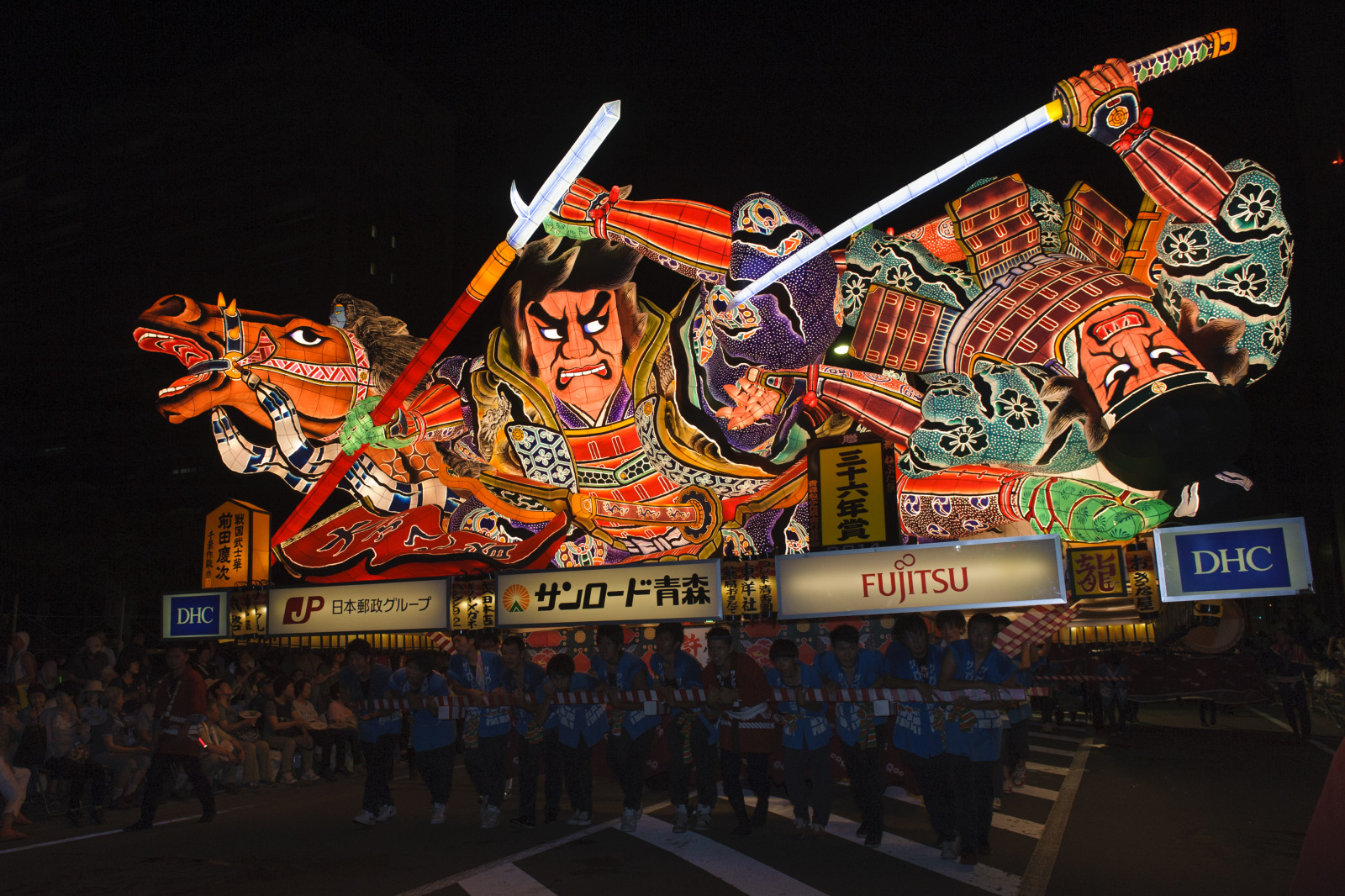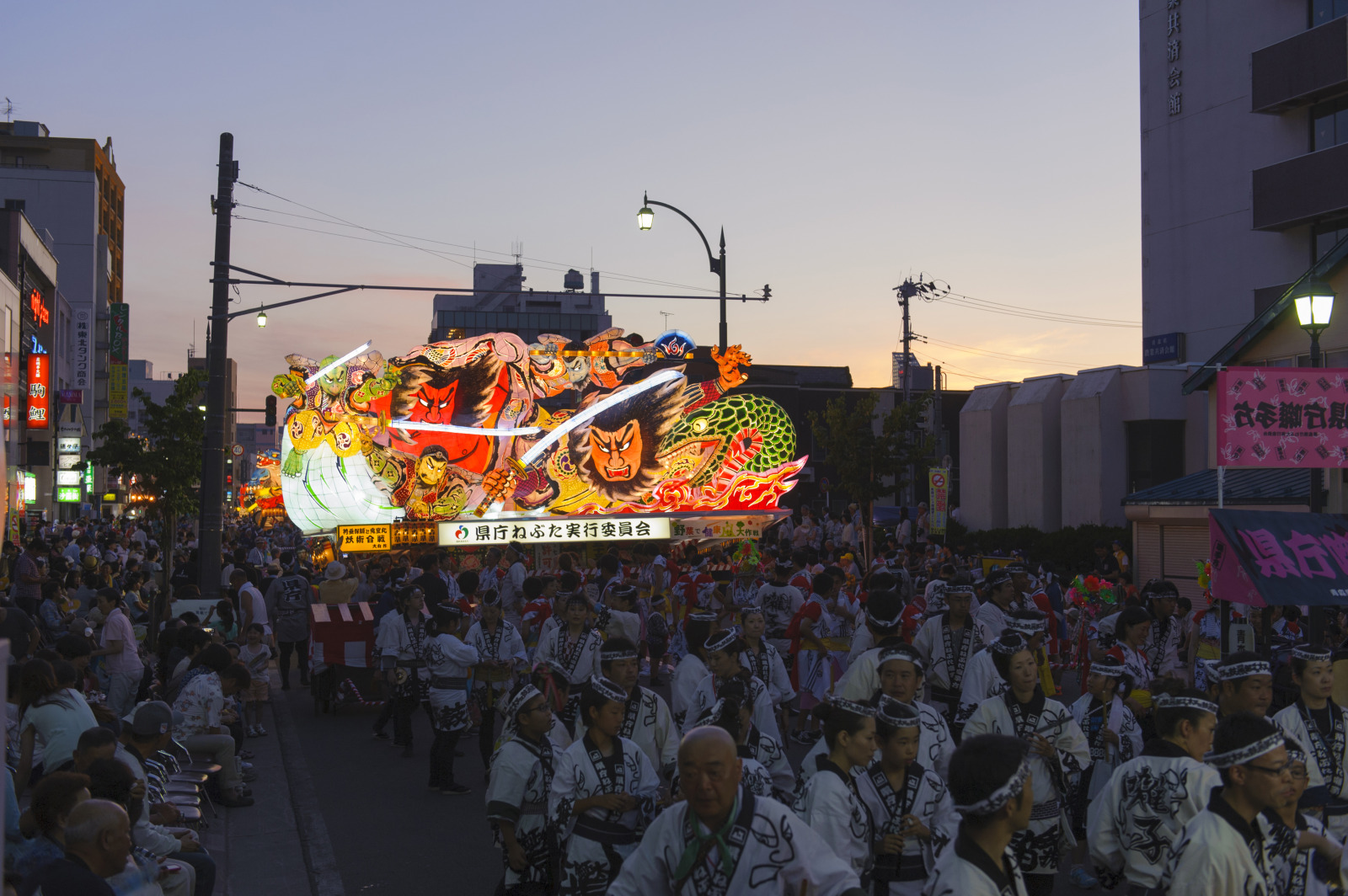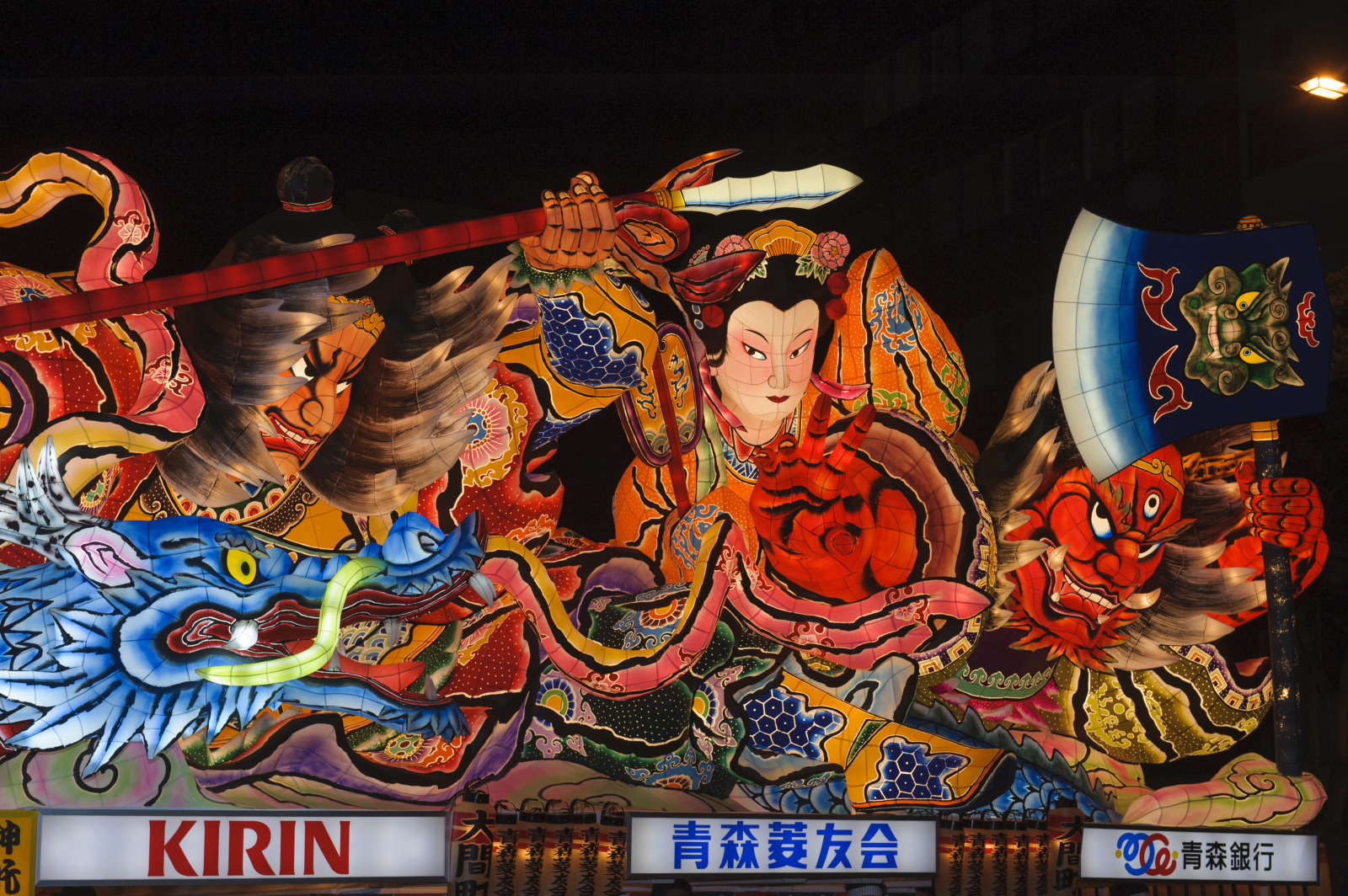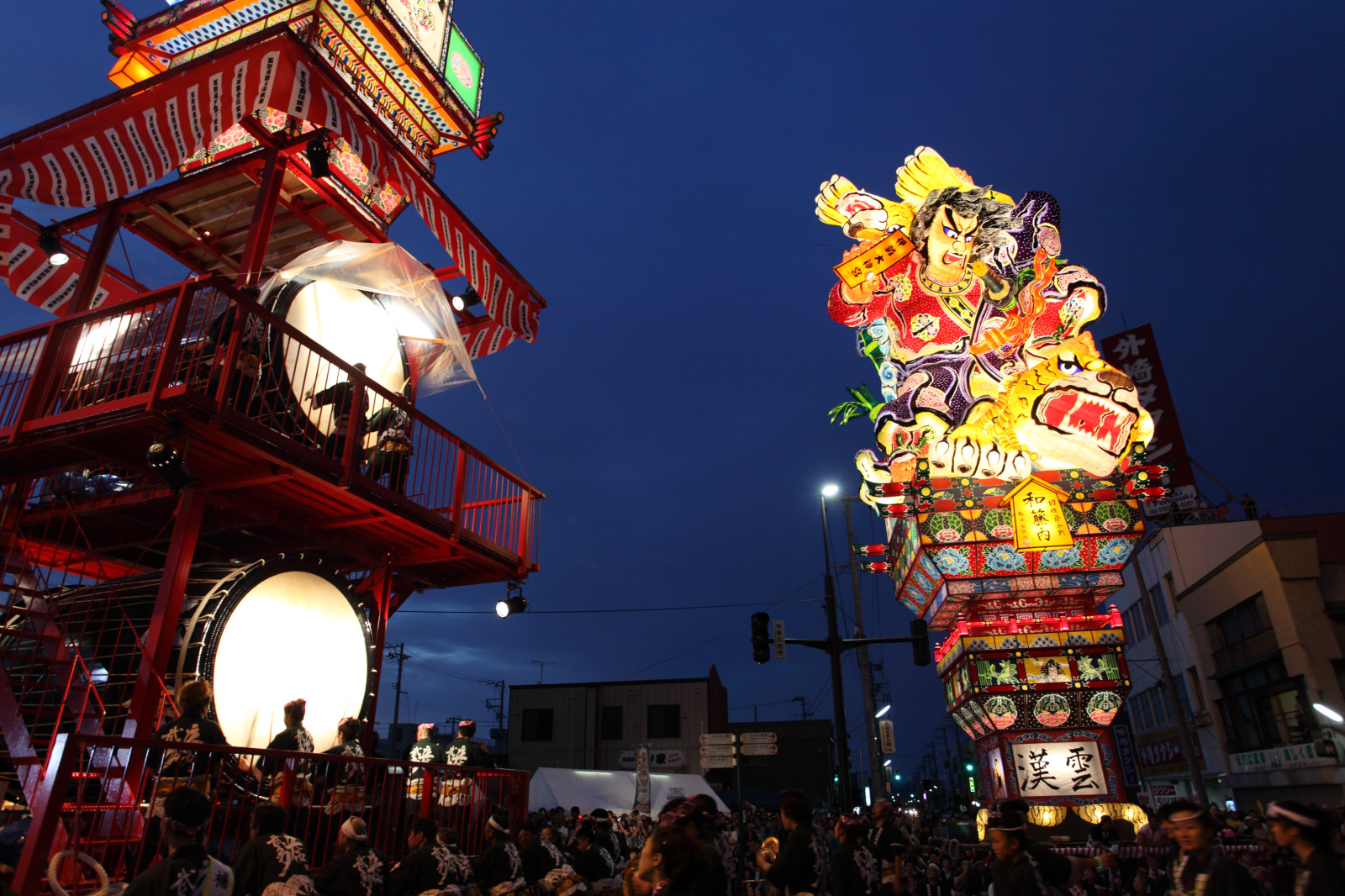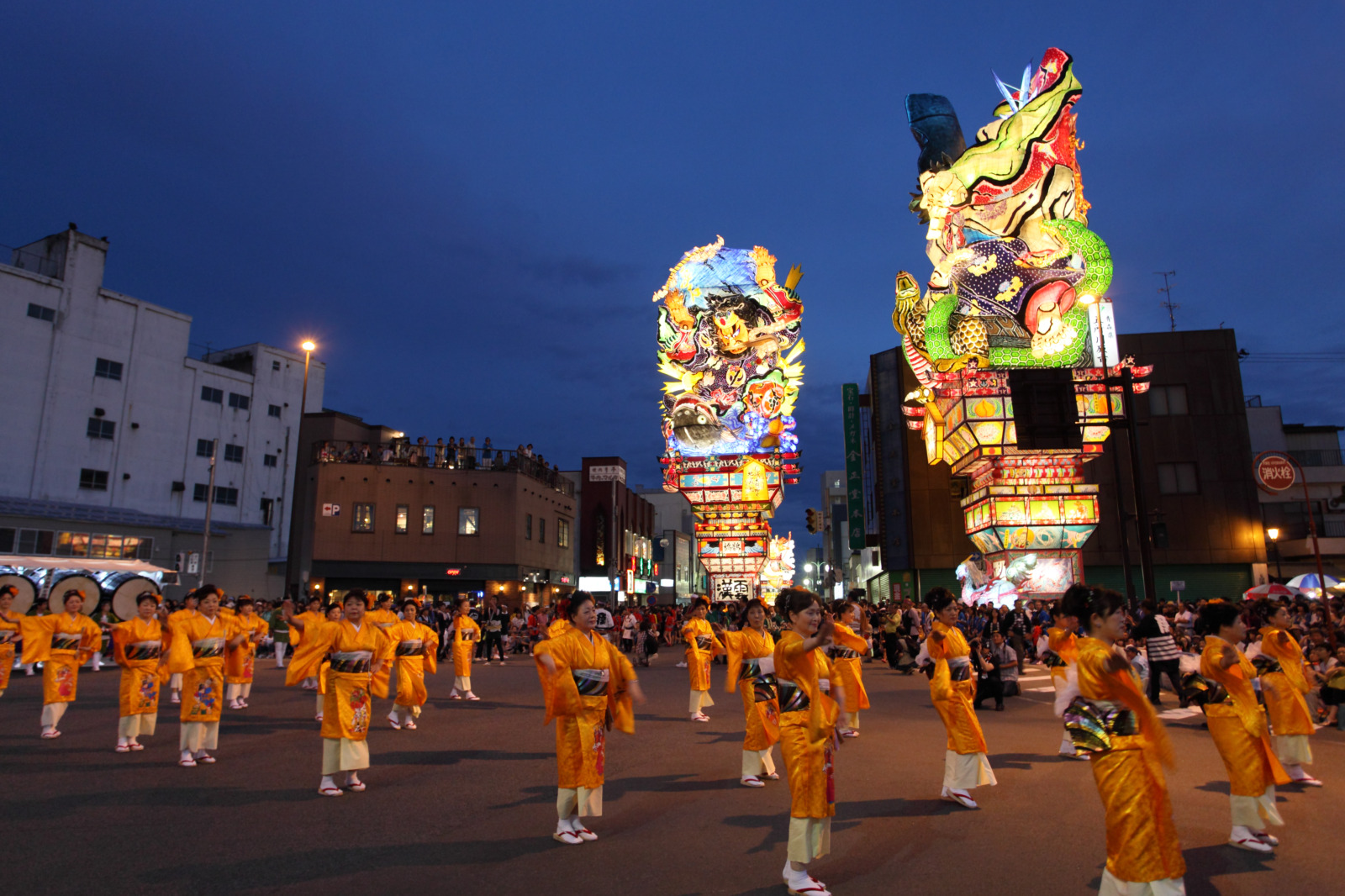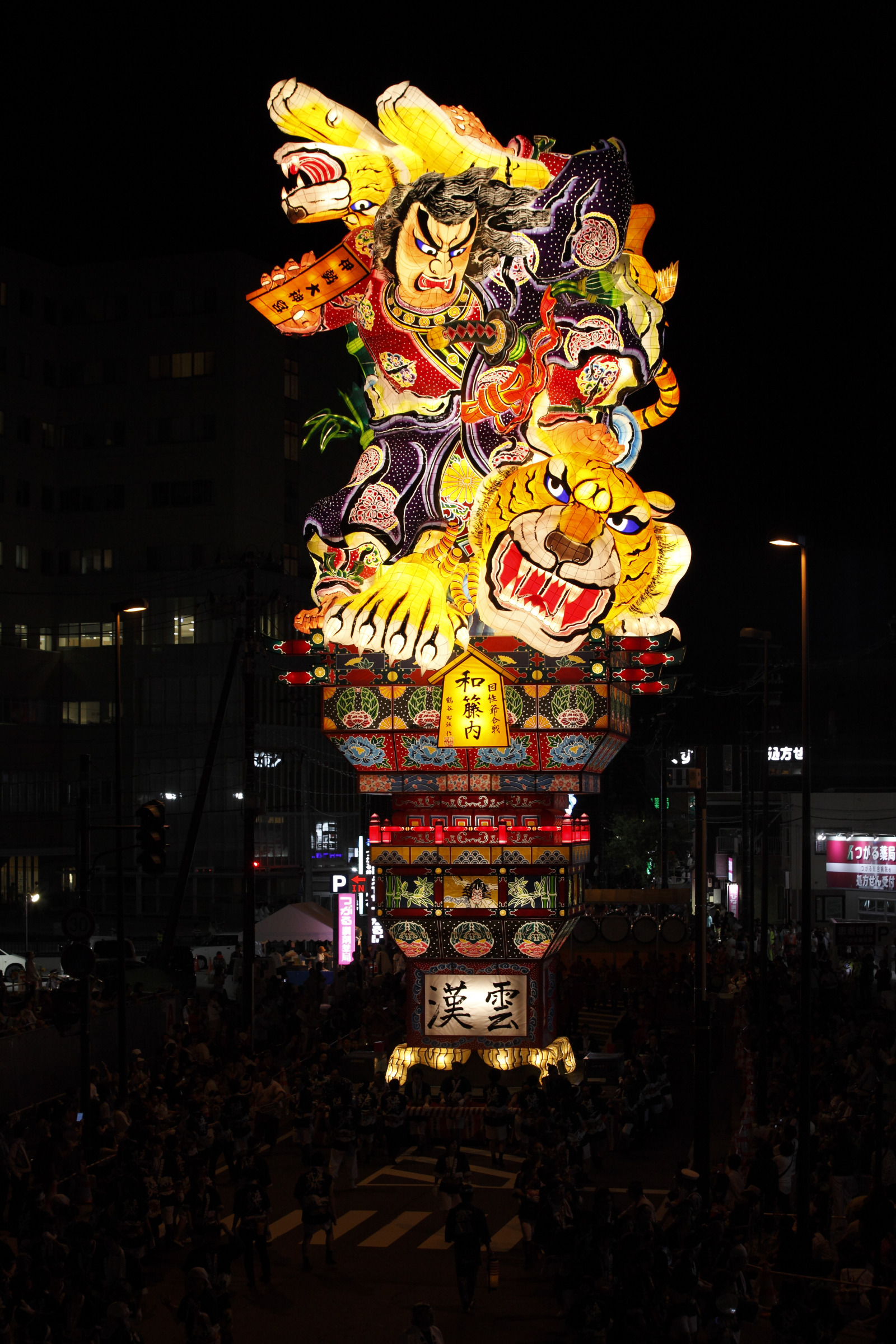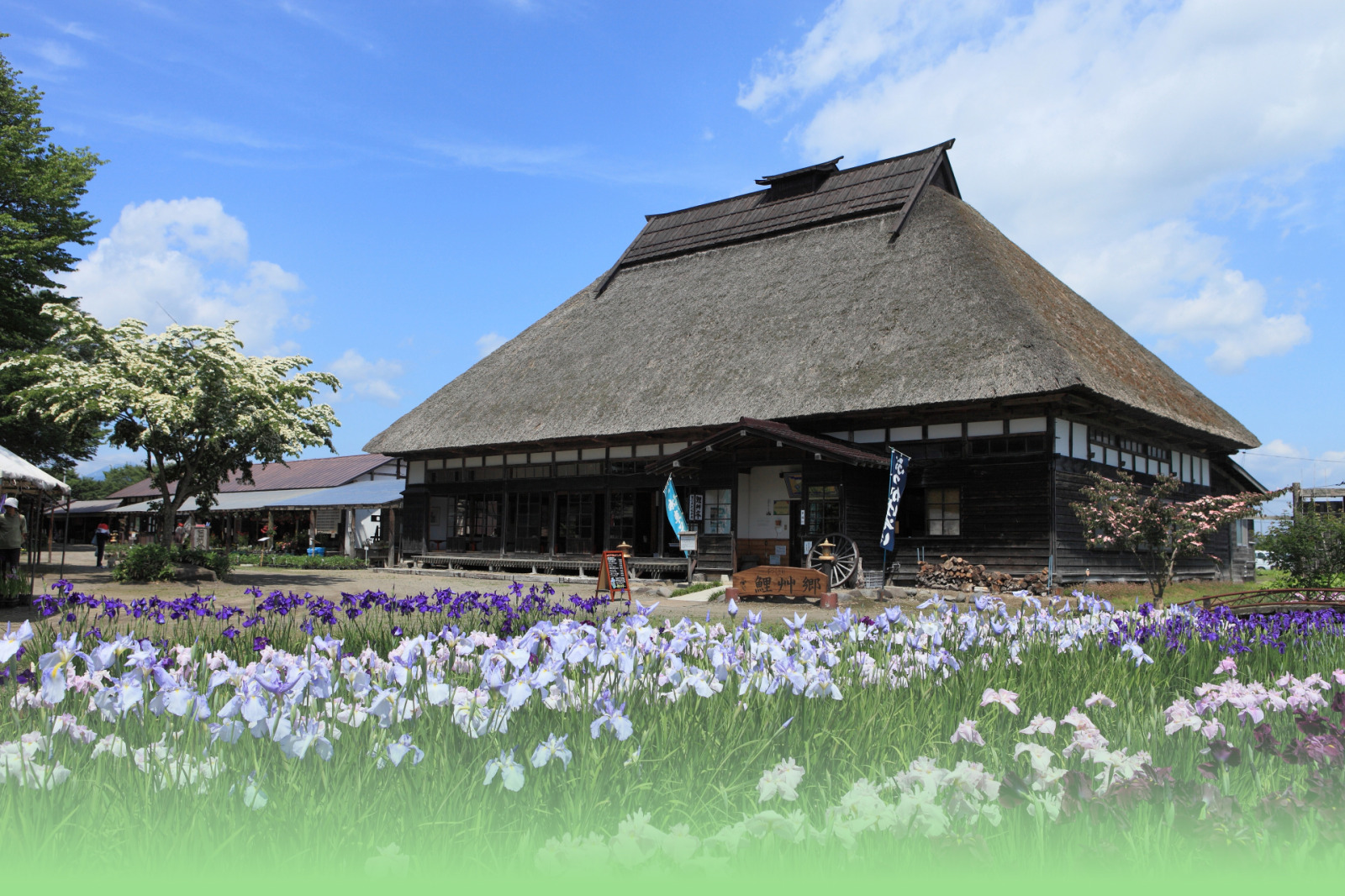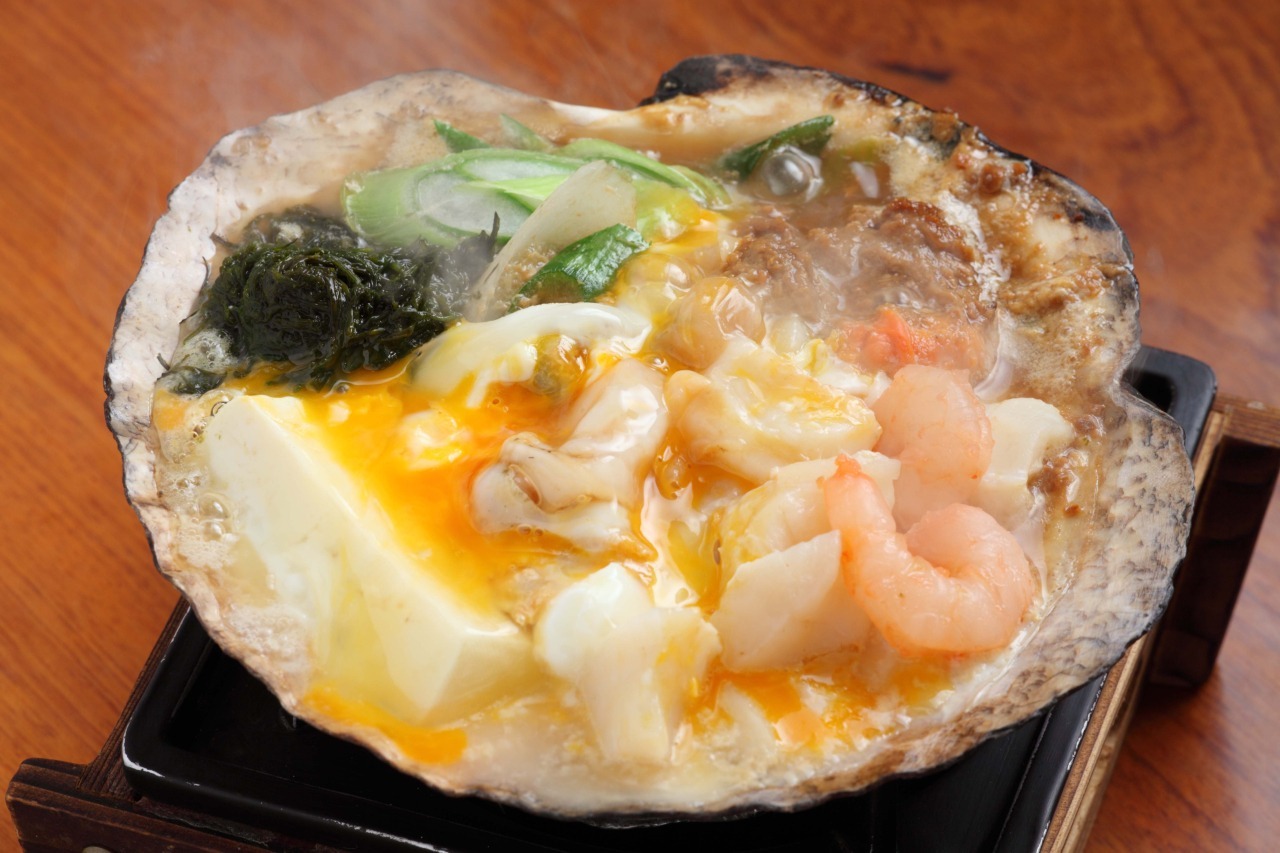Nebuta or Neputa? No matter how it’s pronounced, Aomori Prefecture’s summer float festivals bring the excitement!

Starting with the renowned Aomori Nebuta Festival, Aomori Prefecture is famous throughout Japan (and increasingly, the whole world) for its summer festivals featuring large, lantern-like decorated floats. Although there are actually dozens of different float festivals in towns and cities throughout the prefecture, this article will introduce the three largest: the float festivals held in the cities of Hirosaki, Aomori, and Goshogawara.
But first, let’s tackle a major source of confusion! Why are some festivals’ floats called nebuta and others called neputa? Do these refer to different things?
Actually, both terms have the same meaning. However, nebuta is more commonly used in the eastern parts of Aomori Prefecture, while neputa prevails in the western parts of the prefecture. The difference is primarily down to how words are pronounced in the respective dialects of the different regions. But while it might sound like just a variation in one letter to you, remember that to locals, their summer festivals are a huge source of pride, and the difference is one they take quite seriously!
Now that that’s cleared up, let’s move on to the differences between the three major float festivals in Aomori Prefecture.
Hirosaki Neputa Festival
Chronologically speaking, this festival is the original one that predates the other two. One aspect that makes it unique compared to Aomori and Goshogawara’s festivals is that the floats are actually made by ordinary citizens, not professional artisans. The floats have a semicircular, fan-like shape and are painted with contrasting images on the two sides, usually fearsome warriors on the front and beautiful ladies on the back. Both sides are depicted in a refined style that is very different from the aesthetics of the Aomori and Goshogawara festival floats.
The Hirosaki Neputa Festival is also known for its energetic music featuring extremely large taiko drums. When the sound of the drumming rings out through the city, the vibrations are so powerful that you can feel them in your very soul alongside the festival’s rousing cry of “Yah Yado!”
Aomori Nebuta Festival
This is the largest in scale of the three festivals, drawing millions of visitors in recent years. Unlike the floats used in the Hirosaki Neputa Festival, which feature two-dimensional images painted on paper glued to wooden frames, the floats used in the Aomori Nebuta Festival are complex three-dimensional representations of their subjects, resembling large wire-and-paper sculptures. They usually depict themes from kabuki theater, Japanese mythology, or the Chinese classics and are created by professional artisans working laboriously over a period of several months.
Another integral element of the Aomori Nebuta Festival is the colorfully dressed dancers known as haneto, who raise the energy level even further with their vigorous jumping performances. In fact, anyone, even tourists, can join as haneto as long as they are dressed in the proper costume, which can be rented or purchased at various locations throughout the city during the festival period. Don’t forget to practice the haneto’s enthusiastic shout of “Rassera, rassera”!
Goshogawara Tachineputa Festival
The first thing that stands out about these floats is their incredible height. The largest ones are a whopping 23 meters tall, the height of a seven-story building! The official call of the float carriers and dancers is “Yattemare! Yattemare!” The Goshogawara Tachineputa Festival allegedly has its origins in the beginning of the twentieth century, when powerful local landowners competed with each other to build the tallest floats as symbols of their status and wealth. The giant floats they commissioned are even said to have been visible from neighboring towns.
Unfortunately, the designs for these floats and the Goshogawara Tachineputa tradition itself were lost after a series of fires devastated the town. But in 1993, some of the designs were rediscovered. This led to the revival of the festival through the efforts of members of the local community, which even involved burying overhead electrical wires along the parade routes so that they would not interfere with the height of the floats. Since then, the Goshogawara Tachineputa Festival has rapidly gained in popularity, now rivaling the float festivals of Aomori City and Hirosaki.
Of course, there are various finer differences between the three festivals in terms of their music, costumes, and so on, but this should give you a general idea of their defining characteristics. If you visit Aomori Prefecture in the summer, you’ll definitely want to catch at least one (or, preferably, all!) of them. But if your itinerary doesn’t align with the festival dates, never fear! Each city actually has a facility where its festival floats are on permanent display for the benefit of tourists. Visit Tsugaru Clan Neputa Village in Hirosaki City, Nebuta Museum Wa Rasse in Aomori City, or the Tachineputa Museum* in Goshogawara City to experience the festival atmosphere all year round.
*Note: The Tachineputa Museum has been closed for large-scale renovation work since April 2025 and is scheduled to reopen in or after July 2026. Please check the website for updates.
